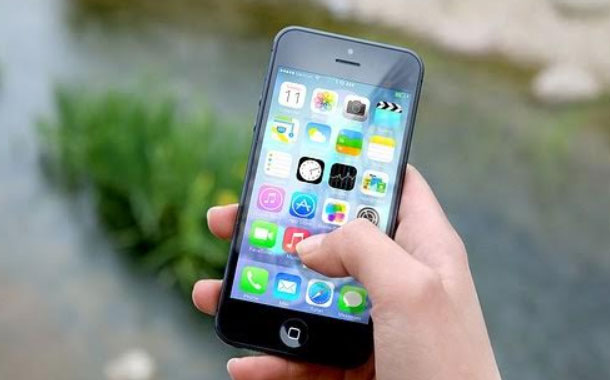Businesses globally earn 24% of their revenue and 45% cent of gross profit from the aftermarket. The article speaks about that In India, the aftermarket is not yet fully leveraged, but we find that things are changing fast. Large format retailers are already earning up to 35% of their overall gross profit from the aftermarket.
High involvement purchases like smartphones and appliances are an integral part of a consumer’s life, and any disruption in device usage is likely to result into a net negative experience. If something breaks or stops working, people don’t want to run around for repairs and spend on high costs.
More and more brands and retailers are realizing the opportunity and are differentiating their offerings by providing a range of after-sales services. These hassle-free services are being offered both online and at stores in the form of protection plans and on-demand services. Businesses that provide such services have an immense opportunity to drive retention and customer loyalty.
India’s rapidly growing smartphone market is already a global case study, with annual sales expected to touch 150 Mn units this year. As our dependence on devices increases and consumer awareness about after-sales services goes up, the market for such services is going to grow at a much faster rate than the base industry itself. The smartphone protection market is expected to raise seven fold from $72 Mn in FY 19 to $528 Mn in FY 24. On-demand repair services market is expected to grow at the same rate and touch nearly 69 Mn repair requests by FY 24, the size of the market being $600 Mn. So the overall services market size is projected to cross $1.1 Bn for smartphones by FY 24, accounting for roughly 20% of the entire after-sales services market covering all categories.
While organized retail currently witnesses the highest attach rate for smartphone protection plans (in the range of 30 to 40%) and will continue to do so, the biggest driver of growth in the coming years will be the online channel. Another distribution channel that will contribute to growth is banking and finance companies that provide solutions like loan on cards, credit and debit cards and EMIs. Service providers are already leveraging the retail footprint of such partners and expanding their reach into tier 2, tier 3 cities and rural areas.
Manufacturers usually offer a standard warranty on products which is basically a promise to repair or replace a product within a specified time frame in the event of any manufacturing defect. An extended warranty is a service agreement that helps to increase or extend this period of time. Simply put, if the standard warranty offered by the manufacturer on a new smartphone is 1 year, one can opt to extend this by another year by purchasing extended warranty plan. Extended warranties are offered by service providers other than the manufacturer and consumers are often given the option to include the additional coverage, either at the time of purchase or when the standard warranty is approaching its end date.
The manufacturer does not cover incidental or accidental damages to devices and appliances. Damage protection plans from service providers protect consumers from such problems, helping them save thousands on repair costs.Screen and display are fragile components of each device and will always be prone to physical and liquid damage. Repair costs of such damage can cost up to 40% of the device price, and so more expensive the device the bigger will be the repair bill.
Brands and retailers should evaluate a service provider’s service proposition, brands covered, geographical coverage, service TATs and customer satisfaction scores before going ahead with a partnership.


